Style Scene: Dunkelweizen
We know many of our taproom guests are style-seekers; the craft beer lover who appreciates reacquainting with a style they haven’t had in a while or never tried before. We appreciate your adventurous palates and enjoy educating our guests about brewing the beers we’re passionate about.
Otto’s Dunkelweizen is a good style to kick off this new series, where our Director of Brewing and Head Brewer, David Gonzalez, breaks down the basics and unique characteristic of the beers we serve.
What is a Dunkelweizen and where did it originate?
Dunkelweizen is Hefeweizen's darker cousin. This style originated in Bavaria, in Southern Germany, and has similarities with Hefeweizen, yet some differences too.
Both are unfiltered wheat beers and a Dunkelweizen has the same banana, clove, or even bubblegum aromas and flavors as Hefeweizens. But the big difference is that Dunkelweizen gets its rich color from darker malts, like Munich or Vienna Malt. These darker malts add sweetness with caramel, toffee, vanilla or nutty flavors.
Tell us about the brewing process?
By German law, a true Dunkelwezien must be comprised of at least 50% wheat malt. In the actual brewing process, this can present some potential difficulties as wheat does not have the same great filter that barley has with it's husk. This means that the brewer must be very careful when they are lautering the wort from the mash tun to the kettle. In simple (non-brewer) terms, this means separating the sweet liquid from the grain and water mixture (the mash) and bring it over to the brew kettle. We take extra caution with this process, running the wort off slowly to make sure that we do not get a "stuck mash" (when the grain bed compacts down and won't let liquid pass through it), and to get as much fermentable and unfermentable sugars to the kettle. This can take time, and we maintain a watchful eye along with patience during this part of the brewing process.
What can you expect from Otto’s Dunkel?
When you bring our Otto's Dunkelweizen up to the nose, it has the banana and clove aromas like a Hefeweizen. When you taste it, it has these banana and clove flavors, as well as some caramel, slight chocolaty and subdued roasty notes that come from the use of Crystal 60, Chocolate malt, and Midnight Wheat malts, as well as Dark Munich malt.
We hope you find this interesting and educational, and invite you settle in and check our story behind the beer and why we named this amazing brew Otto the Great.

